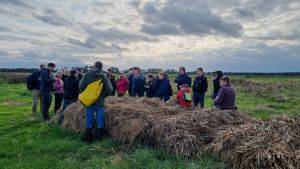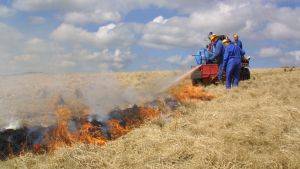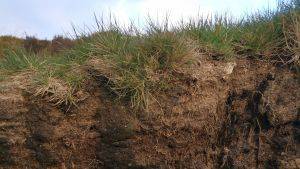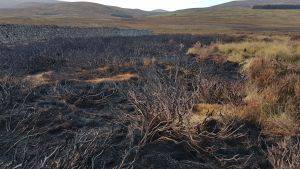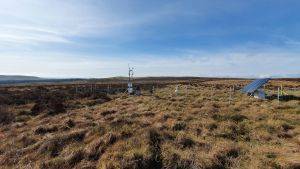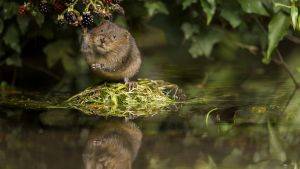The final report of Defra’s Lowland Peat project has now been published online. The research project, by a consortium of seven research organisations led by the Centre for Ecology and Hydrology, established a network of 15 measurement sites ranging from conservation-managed fens and raised bogs to drained grassland, arable and peat extraction sites, extending from North Wales to East Anglia.
The results confirm that agriculturally drained lowland peats are the UK’s largest sources of peatland greenhouse gas emissions, whilst fens under high water table management consistently act as CO2 sinks. Overall, the study showed a very strong relationship between CO2 balance and mean water table depth, which was only partly offset by higher methane emissions where water tables were at or above the peat surface. The results suggest that restoring or raising water levels in agriculturally drained lowland peatlands could deliver nationally significant climate mitigation benefits.
Chris Evans, Centre for Ecology and Hydrology

